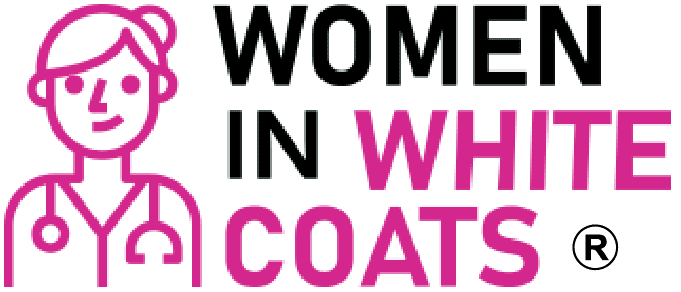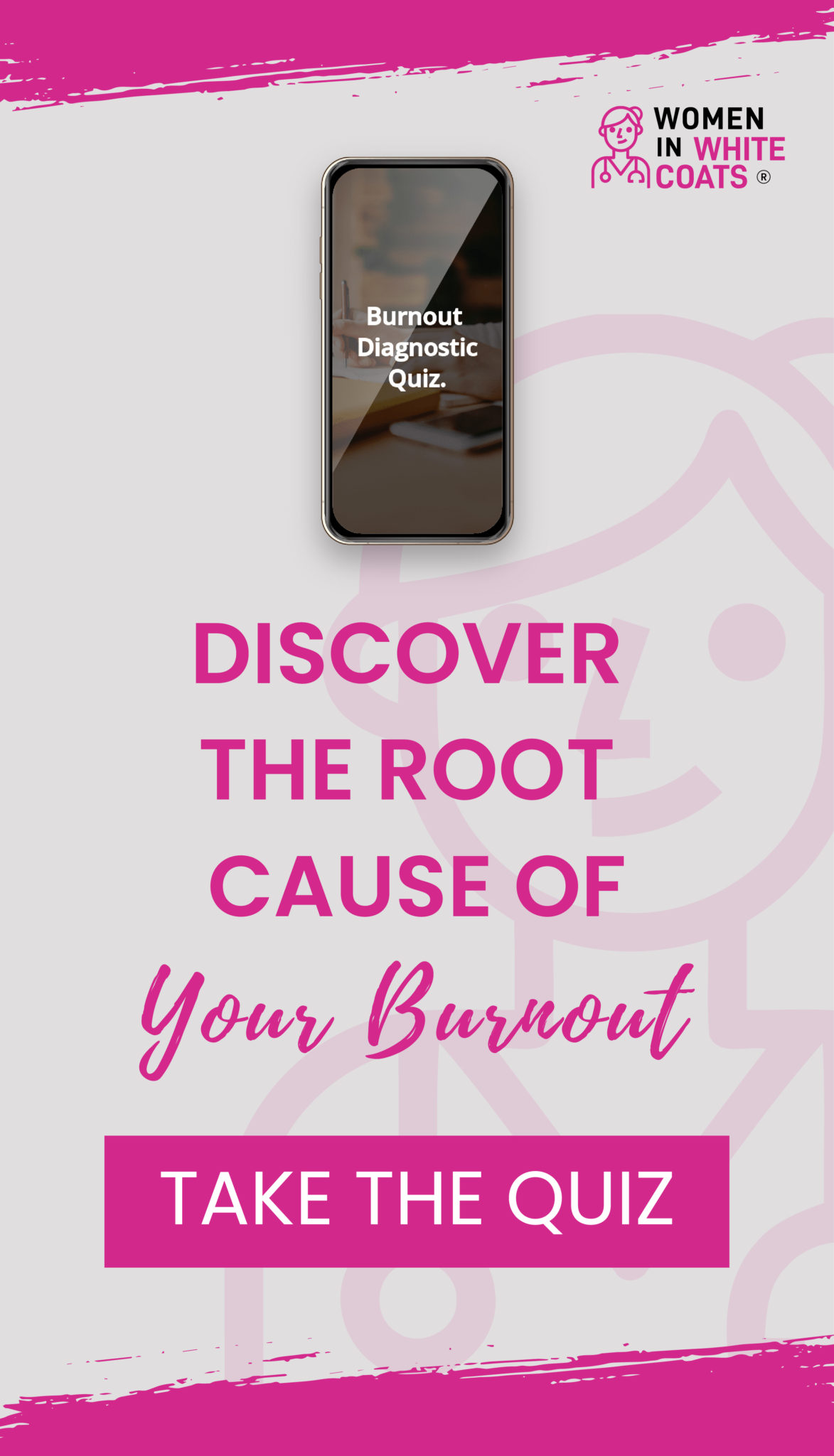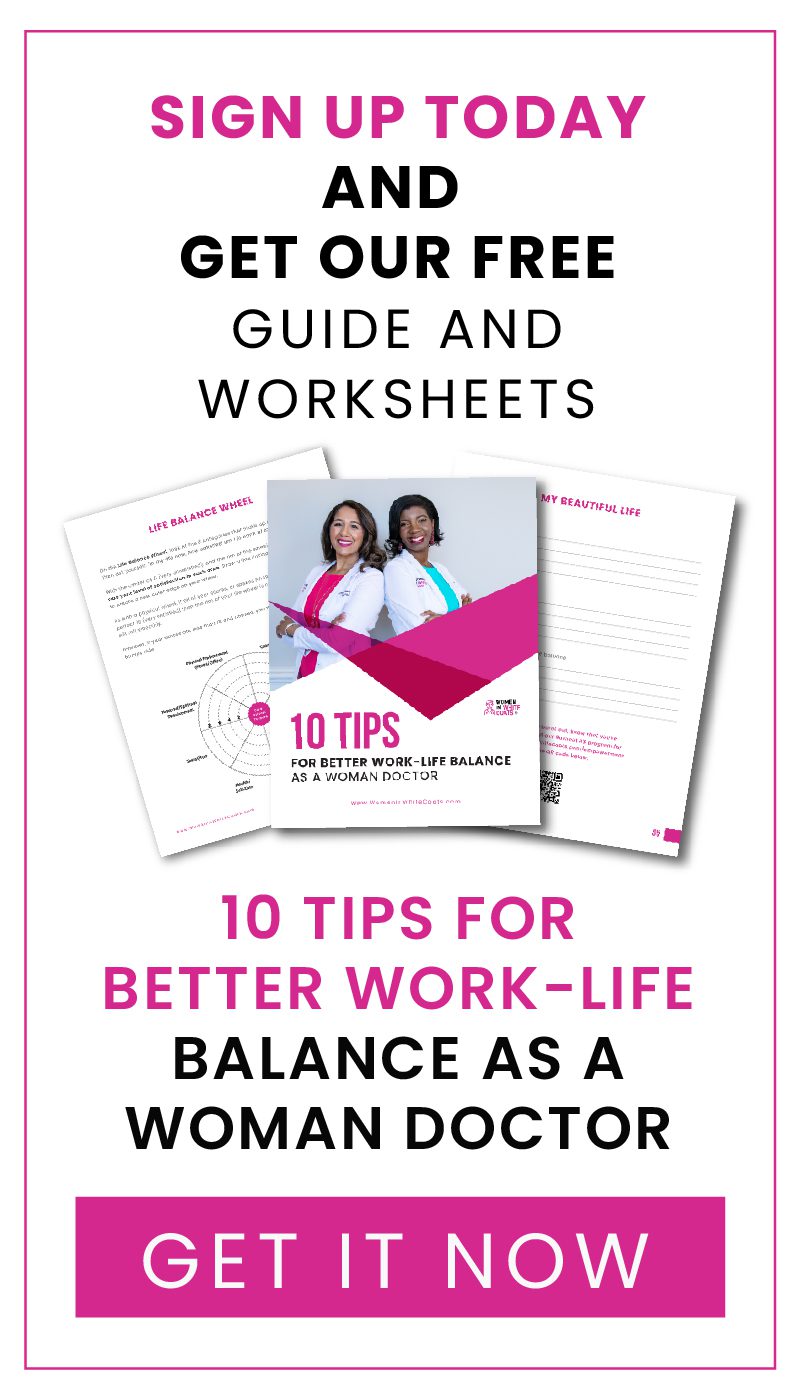In the last part of this essay, we learned that the evolution of medicine into a modern corporate beast has contributed to physician burnout. We learned that female physicians, physicians working for healthcare organizations, and physicians working more than fifty-one hours per week suffered from higher rates of burnout. We reviewed the limited data on physician well-being during the pandemic and learned that physician burnout did not change, but physician happiness plummeted.
In 1943, humanistic psychologist Abraham Maslow introduced a “hierarchy of needs.” Humanism is the concept that people have free will and can be motivated to live up to their full potential. In Maslow’s hierarchy – usually shown as a pyramid – people are encouraged to meet their basic, primitive needs first before moving on to more advanced, complex conditions. Starting from the bottom, the needs are physiological, safety, love and belonging, esteem, and self-actualization. Once physical requirements have been met, the needs become social and psychological.
What does hierarchy have to do with physicians?
Aspiring physicians start as broke, starving medical students with physiological, safety, and love, and belonging needs. Medical students will make friends and experience romance, fulfilling love and belonging. But, the average total student debt among medical school graduates is a whopping $241,600. Medical students with that much debt cannot have their safety needs met as it will take seven years or more to attain financial security. Medical students who graduate from medical school and start residency programs soon find that broken sleep patterns, missed meals and extended time away from loved ones are a disruption of their physiological needs. Residents who graduate from residency and begin working as attending physicians start to find that finally the physical and safety needs have likely been met and they are now primed to focus on the fulfillment of social and psychological needs.
How is this hierarchy intertwined with physician burnout?
To understand physician burnout and Maslow’s hierarchy, it is important to take a deeper look at esteem and self-actualization. The need for appreciation and respect falls under esteem needs. People need to accomplish things and have their efforts recognized. People need to sense that they bring value and are contributing to the world. Whether they do this by spearheading cutting-edge research that drives evidence-based care or by caring for patients one-on-one, physicians thrive on the sense of saving lives as their contribution to society.
Esteem does not have to be career-related only. Sports and personal hobbies are examples of activities that can fulfill esteem needs. Self-actualization is the concept of “be all you can be.” Self-actualizing people want to be the best they can be and are focused on personal growth with less concern about the opinions of others driving them.
We have learned that employed physicians suffer from higher rates of burnout than self-employed physicians. It can be deduced that the employment culture is not conducive to meeting physician esteem and self-actualization needs. There are anecdotes of physicians being lumped under an umbrella label of “providers” with all healthcare workers. This type of labeling undermines the people who have spent a decade in school and training to become experts in their fields.
Medical school and residency are telic activities with clear endpoints. Once that endpoint is met, there remains the question of how to spend the rest of one’s career and life. Most physicians dreamt of caring for patients and saving lives. Yet they find themselves sitting in front of a computer all day, clicking, charting, coding, and moving on to the next patient. Physicians in large healthcare organizations may feel that their work culture lacks respect and collegiality and feels punitive. The “cog in the wheel” feeling begins to set in. A sentiment of stasis commences.
Physicians in healthcare organizations may even start to find that they disagree with their company’s approach to patient care (“corporate-actualization,” instead of self-actualization). Mid-career physicians may feel they are not utilizing their best talents or even that their interests have now changed. Female physicians face poorer prospects for career advancement and promotion when compared to their male counterparts. Keep in mind that the nature of caring for the sick who are at their most vulnerable already bears a high emotional burden.
Does this mean physicians – especially employed physicians – are doomed?
No, it does not. But it does mean getting smart about Maslow’s hierarchy and its application in life.
First, never compromise on the basics: eating healthy, sleeping well, and taking care of mind, body, and soul. The mind, especially, is an intangible asset. Treat these items like precious cargo.
Nurture all of your relationships. Make time, prioritize and be present for loved ones.
Live below your means. Yes, it took a decade to make money. Yes, the bank is sending hefty pre-approval letters. But, no dollar amount can be placed on personal freedom. Maintain the satisfaction of being unable to be shackled. Give yourself the peace of mind of never feeling stuck at a job if your morals do not align with your company’s or you find that your purpose in life has changed. Allow the wiggle room.
Keep learning Medicine. After all, something drew you to it. Separate “Medicine” from “job.” Do not work over fifty hours per week. Part-time work is completely acceptable if it will allow career sustainability and longevity. If employment is completely unfulfilling, consider opening a concierge practice. Respect, nurture, and feed the living, breathing organism that is lifelong learning of the most incredible science in the world.
Keep learning outside of Medicine. Find a creative hobby that you are passionate about and make time for fun – even if it is five percent of your time. Focus on experiences and trying different things. This provides existential value and will ground you and remind you that you are a human with dreams and goals and interests. Delving into the arts will open up an entirely new way of approaching patient care.
Minimize regrets: the “coulda, woulda, shoulda’s”. Nothing in life is guaranteed. You are here now. Be present and be an active participant in your life and keep growing.
In summary, there are multiple contributors to physician burnout. Maslow’s hierarchy of needs helps to identify gaps that make it prohibitive to live up to full potential. It also helps identify core concepts to help reduce physician burnout.
Uzma Khan, MD, is a practicing Internist and a Women in White Coats writer’s fellow. She blogs about medicine, money, and life at http://www.meandmystethoscope.com/, and she can be found on Facebook Uzma Khan, MD, Instagram @uzmakhanmd and Twitter @uzmakhanmd




